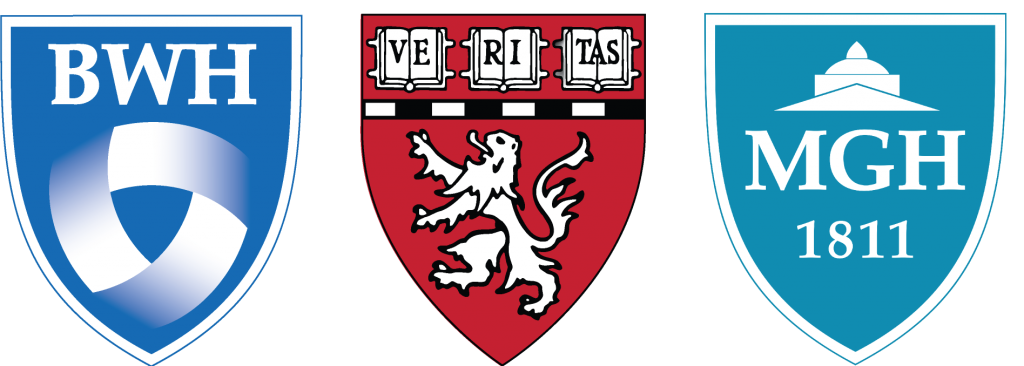MS Treatments
Over the past 10 years, there has been considerable progress in the treatment of multiple sclerosis. There are now several “first-line” treatments available which help to reduce the incidence of new relapses or attacks, largely by modulating the immune system. These are listed below, and are called Avonex, Betaseron, Copaxone and Rebif. All of these agents have been studied in large clinical trials in adults, and the effects and side effects are well-known. Smaller retrospective studies, have shown that these treatments are relatively safe and well-tolerated in children with MS. One of the challenges that MS patients face is that all of the currently available first line treatments for MS are injections. No one likes injections, most of all kids and teenagers. However, despite this, we have found that most of our patients tolerate the treatments fairly well, and with time, most parents and even older teens can learn to administer their own injections. Strategies including use of EMLA cream and Tylenol can help to reduce discomfort and side effects.
First Pediatric Approved MS Medication
Gilenya is the first medication approved for pediatric use. While we don’t know exactly how it works, it is thought to prevent lymphocytes (white blood cells) from attacking the Central Nervous System (brain and spinal cord) by lowering the number of lymphocytes circulating in the blood. Lymphocytes are part of the auto-immune response in MS; they play a role in inflammation and the demyelination (removal of protective covering) of axons.
Gilenya is a capsule that is taken by mouth once daily. It should be taken whole. Do not break, crush, chew, or dissolve before swallowing as this may increase the risk for side effects. It may be taken with or without food.
Prior to starting Gilenya the following tests will be done: – An EKG (of the heart) – A blood test for antibodies to varicella zoster virus (VZV). If your child does not have antibodies, they will be asked to get the VZV vaccination prior to starting Gilenya – Blood tests including complete blood count (CBC), and liver function tests (LFT) – An eye exam before initiation of Gilenya (and 3-4 months into therapy).
Once the above tests are complete you will then schedule an appointment for a First Dose Observation (FDO). This appointment lasts six hours and is to monitor for signs of bradycardia (slow heart rate) after your child takes the first dose of Gilenya. You will bring the medication with you to this appointment. Once your child has started Gilenya it is important not to miss any doses. Do not stop taking Gilenya without first talking to your doctor. If stopped for more than two weeks, your child will need another six-hour monitoring appointment in order to re-start the medication. Common side effects include headache, infections, influenza (flu), diarrhea, back pain, cough, macular edema and an increase in liver enzymes.
Other Multiple Sclerosis Treatments
There are two other major categories of medications available for the treatment of relapsing-remitting MS that are used in pediatric patients. These drugs help in prevent the long-term effects of MS. We have evidence that these medications are safe and effective in children.
The first is called Beta-interferon. Beta-interferons are cytokines that are normally produced by the body. They have been found to have protective effects on the immune system. These drugs are effective in reducing MS relapses and new lesion formation. There are four commercially available Beta-interferon drugs:
1. Avonex (Beta-interferon 1a); given once a week by intramuscular injection
2. Rebif (Beta interferon-1a); given 3 times a week by subcutaneous injection
3. Betaseron (Beta interferon-1b); given every other day by subcutaneous injection
4. Plegridy (peginterferon beta-1a); given once every 2 weeks by subcutaneous injection.
The second category of drug for the treatment of relapsing-remitting MS is called Glatiramer acetate (Copaxone). This is a synthetic drug that is designed to look like the myelin coating in the brain and acts to make the white blood cells more benign. It decreases MS attacks and MRI damage over time. It is given every day or 3 times a week by subcutaneous injection.
There are additional drugs which may be used if the above drugs do not work or are not tolerated. These medications are all designed to help prevent relapses and long-term disability. Your doctor will help you to choose which drug is best for your child.
Rituximab (Rituxan) is an intravenous immunosuppressant. It is an antibody to a population of immune cells called B cells. B cells cooperate with T cells to cause attack on the myelin, neurons or other cells in the brain. Rituximab is used as a treatment for MS, NMO-SD and MOG-antibody associated diseases in children.
• Rituximab is given by intravenous infusion approximately every 6 months. The exact duration between treatments may be tailored to the specific patient and situation. Usually the first dose is administered in two half doses, two weeks apart.
• Rituximab is usually given along with intravenous steroids, antihistamines and antacids to prevent infusion or allergic reactions.
• Rituximab infusions are usually given in an infusion unit by trained nursing staff.
• Make sure to contact your doctor prior to starting any new medications
• Common Side effects include: infusion reactions including rash, tiredness, rarely breathing difficulties. Longterm side effects include increased risk of infection, nausea, stomach pain, diarrhea (increasing the dose slowly reduces these effects), weakness, dizziness, difficulty sleeping and increased liver function tests.
There are also medications for acute attacks or an MS relapse. The most common medication we use to treat relapses is Methylprednisolone (Solumedrol). Methylprednisolone is a steroid that is given through an IV for between 3-7 days. Steroids help stop an MS relapse, making the attack shorter and less severe.

